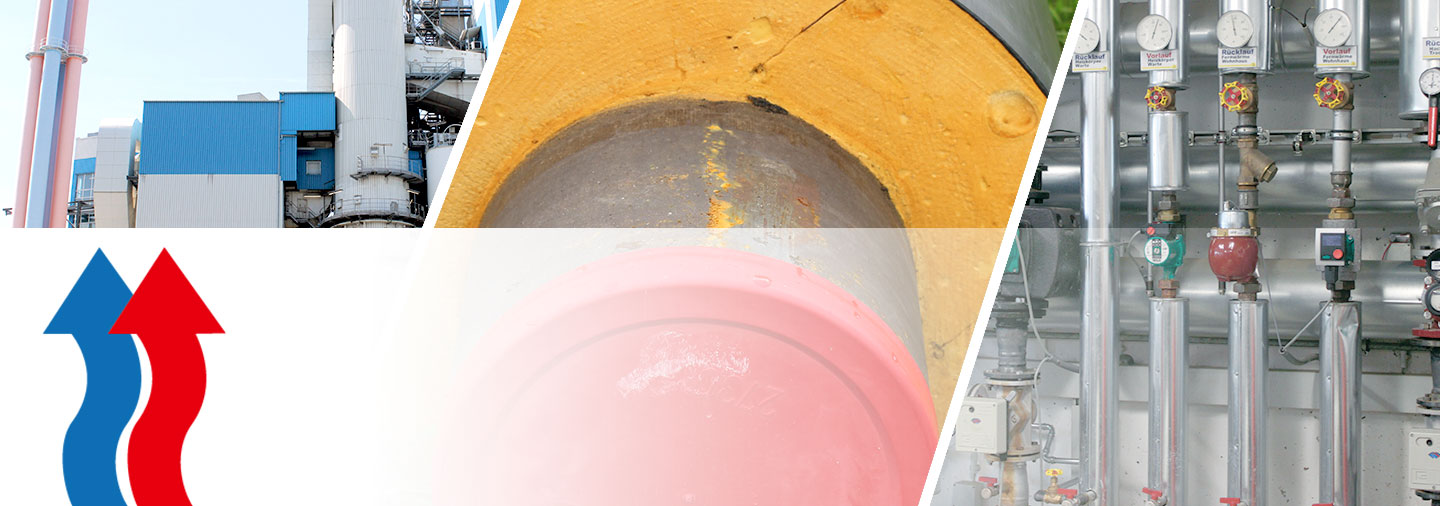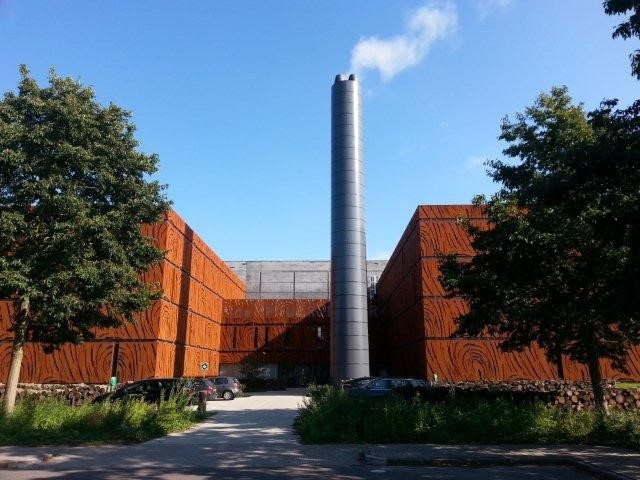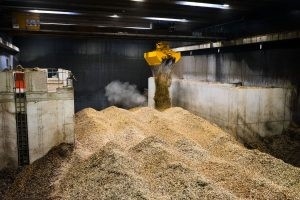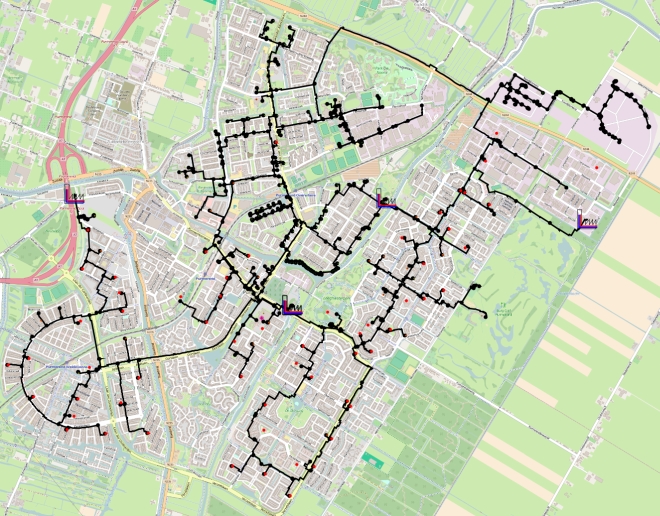

News & Events
Final Upgrade DH Project Report is available
Press Release - District Heating: an important contributor to support the energy transition in the heating sector
29.09.2021 District Heating: an important contributor to support the energy transition in the heating sector
09.07.2021 Check the brochure "District heating and cooling - a modern solution to traditional challenges"
09.07.2021 Join German expert knowlede sharing workshop on 18.08.2021
02.07.2021 Join the Final Upgrade DH Conference on 15 September 2021
29.06.2021 Energy transition - Lithuania sets records in speed and scope
14.06.2021 Video on solar thermal energy in district heating
26.05.2021 Join the Virtual Power Plant Tour and Webinar on Efficient and Renewable Heat Networks on 16.06.2021
27.04.2021 Press release - UpgradeDH recommendations to support national District Heating & Cooling Action Plans
07.04.2021 Tuzla joins #DHCities in the campaign We are all connected
12.02.2021 Join the webinar Retrofitting DHC - How to develop a successful action plan, 23.02.2021
14.01.2021 Webinar: Retrofitting with renewable energies - finding the right mix, 26.01.2021
30.10.2020 Online Upgrade DH Workshop on 12.11.2020 alongside the KeepWarm final event
30.10.2020 Photo competition Meet the ones who keep you warm! in the framework of the #DHCitizen campaign
02.10.2020 Digital Event: The Future of district heating in Italy
EU project UpgradeDH launches campaign: Become a #DHCitizen!
3.07.2019 New handbook on upgrading district heating grids in Europe published
27.05.2020 Webinar on upgrading heat distribution and piping technologies
29.04.2020: A series of public thematic webinars by UpgradeDH partners
Purmerend, The Netherlands
The city of Purmerend is located in a small province in the North-side of the Netherlands close to Amsterdam, with around 80.000 inhabitants. The DH system company, in charge of the heat production, is Stadsverwarming Purmerend (SVP) and around 75 % of the buildings in the city are connected to the DH network of Purmerend. The length of the DH network is around 600 km and the heat production come from three production plants. One biomass-fired production unit that provides 80 % of the heat production and two gas fired CHP plants mainly used as spare/reserve capacity.
Due to many dikes and channels in Purmerend the network is constructed using a special strategy. The main network, which can almost be regarded as a transmission system, delivers heat to a number of substations. These substations are typically located in an area that is fenced in by dikes. A substation supplies typically 200 to 500 customers. Another specialty is supply of district heating to houseboats.

Biomass plant (44MW)
The capacity of the biomass-plant is 44 MWth and it uses around 100.000 tons of biomass annually whereas their natural gas plants have a capacity of 79 MW and 22 MW. The heat demand and production from SVP varies during the year, because in the winter period the heat are used for space heating and hot water whereas during summer it is only used for hot water. The peak demand can then vary from 150 -20 MW depending on the outdoor temperature. The supply temperature in the network is in average 94 degrees while the return temperature is 50 degrees. The total amount of substations in the network is 25.729 and the total amount of heat supplied by the DH is 345.058 MWh whereas the annual consumption is around 260.000 MWh. The maximum peak load was 131 MW in 2016.

Biomass (wood chips)
The main challenges are the varying peak loads that can occur, which is leading to a lot of spare capacity. Another challenge is the high temperature regimes on both the supply and return temperature, leading to a high heat loss percentage in the network. To optimize the DH network, several renovations in the district heating grid has been conducted by replacing old pipes with new modern pre-isolated pipelines. This has led to reducing heat losses with 10 %, water supply with 50 % and unplanned service down by 84 %. There are still more ways to improve the efficiency, because the temperature regime are high, so it can be lowered through creating a TERMIS Master model with a "Flow temperature optimization model" (FTO). The FTO model can calculate the minimum inlet temperature in the network while ensuring that the consumers have at least their minimum supply temperature secured. The TERMIS return temperature model can optimize the consumers cooling of the return water, by identifying consumers with an insufficient cooling of the return water, enabling the DH Company to take action through e.g. incentives. Purmerend is however, an efficient DH in the Netherlands, utilizing local CO₂ neutral resources in the production with a broad network and many costumers connected.
Purmerend (SVP) is considering construction of a new biomass plant in the near future.

TERMIS Master model of Purmerend DH network.








